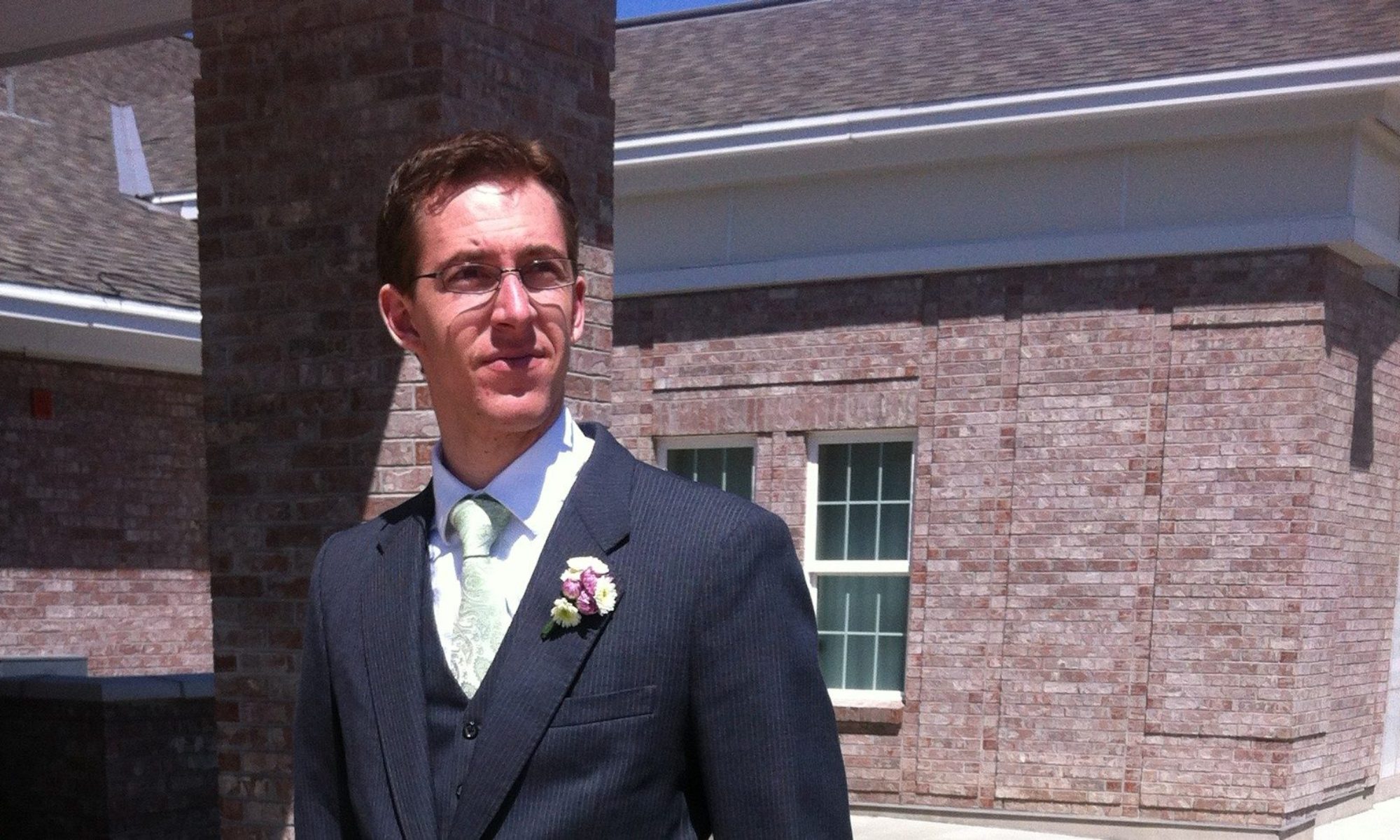The beginning
In 2019, my wife and I harvested 1200+ lbs of vegetables from our garden. It was the accomplishment of a goal and proof to ourselves we could grow all the food we might need to sustain ourselves.
We realized at the end of that experience that vegetables are not enough. Protein sources are a requirement to sustain life, and availability of that protein is important.
So we researched ideas and began raising chickens (which are awesome protein creation machines—they eat pretty much everything that is food that we don’t eat/finish and turn it into eggs).
But eggs weren’t enough protein (nor varied enough to keep us interested in them).
First steps
I had been listening to occasional clips from Joe Rogan and around that time clips with Steven Rinella, Remi Warren, and Cameron Hanes came up.
Each of these hunters were different from the stereotype I had in my head of what hunters were.
They treated the animals they pursued with respect and embraced the challenge of the hunt.
They didn’t celebrate in the death of the animal. They weren’t overcome with bloodlust or interest in anything other than the meat.
“One does not hunt in order to kill; on the contrary, one kills in order to have hunted”
Meditations on Hunting, Jose Ortega y Gasset
This aligned very closely with the outcome I was looking for (meat from a sustainable, clean source), and had some side benefits I was also looking for.
And so I initiated the journey of going from zero to elk.
Distractions along the way
We moved to Idaho, and were distracted by home repairs (although this introduced me to one person I’ve hunted twice with) and then to Missouri, which was not a place I met any hunters—although word is the Ozarks are great for deer.
And so I didn’t truly get to practice much with my bow (or acquire one) for several years after the initial goal was set.
Small steps
Last year, I went to a ranch in Idaho and harvested a cow elk, using my rifle.
We spent a few hours chasing elk fence to fence and around noon, a cow presented herself for a broadside shot at 150 yards.
I missed my first (which horrified me—missing an elk-sized object at 150 is embarrassing) and I made three more decently bad shots before she went to ground.
Takeaways from first harvest
- Make your first shot. Be in a position you practiced and are accurate in. Don’t shoot from a position you haven’t tried.
- Hunting (even if it’s not really hunting/fair chase) is a family experience. Invite people you love to come with you. My brother came (because he wanted to skin something bigger than a squirrel), and I’m glad he did. We have memories of experienced we wouldn’t have otherwise and we shared something very basic to the history of human experience.
- Having an animal I harvested myself makes me want to share more. I’ve invited more people to dinner or brought more food to people this last year than I ever have in my life.
This year
This year I put in for several hunts in Utah. A deer hunt in October with rifle. And I drew a cow tag for my local unit in August. I also purchased an over the counter bull elk tag.
I hunted for about a week in August (until I dry fired my bow and prematurely ended my hunt.
And I went to hunt Idaho with friends, and one of them harvested, but before anyone else arrived in camp.
So I was pretty much out of luck, until my wife and I talked about what meat we were eating for the next year—the elk has run out. We were pretty much agreed to buy a half beef until I found a bison ranch offering “hunts” within an hour of us for near the same price as a whole beef.
That seemed like a good opportunity to put my gear to the test in the moment and see how it would handle the opportunity. And to see how I would handle the pressure.
So I spent about 3 weeks putting arrows together and ensuring I was very confident putting them where I intended (within 1-2”), and my brother took me to Wyoming to shoot with his friends and ensure I was accurate with his rifle (if the bow and arrow didn’t work out).
Spending time preparing was a good way to spend family time and to make new friends.
Outcome
Long story short, I got one.
That’s the nice benefit of ranch harvesting. It’s guaranteed. It’s not as adventurous for sure. But a guarantee of meat is (at the moment) worth the trade.
Our host at the ranch was a grizzled old man who had a lot of stories of bad experiences with people shooting his bison. We prioritized respecting his directions and following his guidelines.
He wasn’t super supportive of my use of the bow, but he allowed it, which I appreciated.
Because I’d purchased a cow, he had to point out exactly which one I could take.
I lined up my shot from 40 yards and put the arrow exactly where I intended. Full pass through.
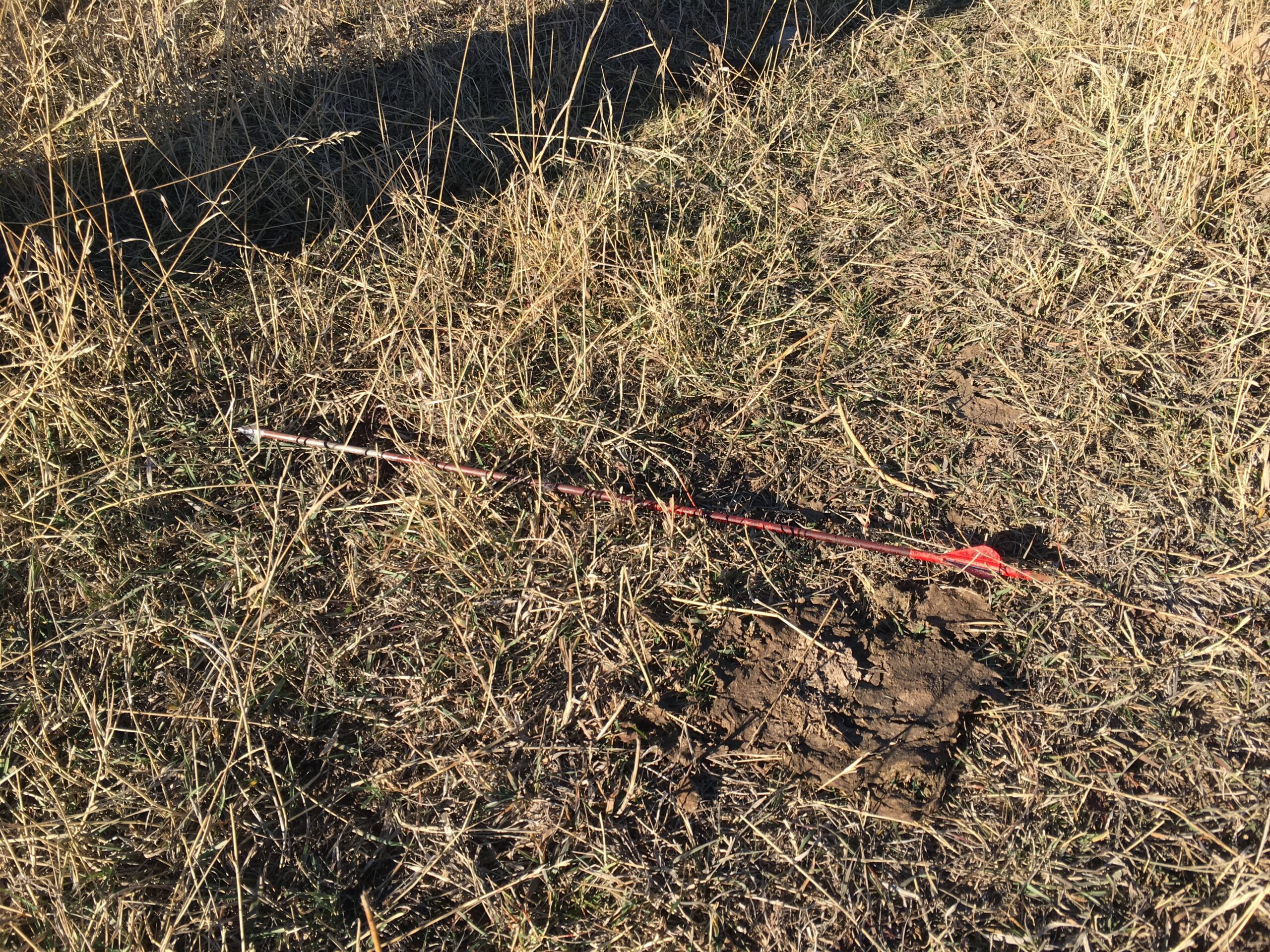
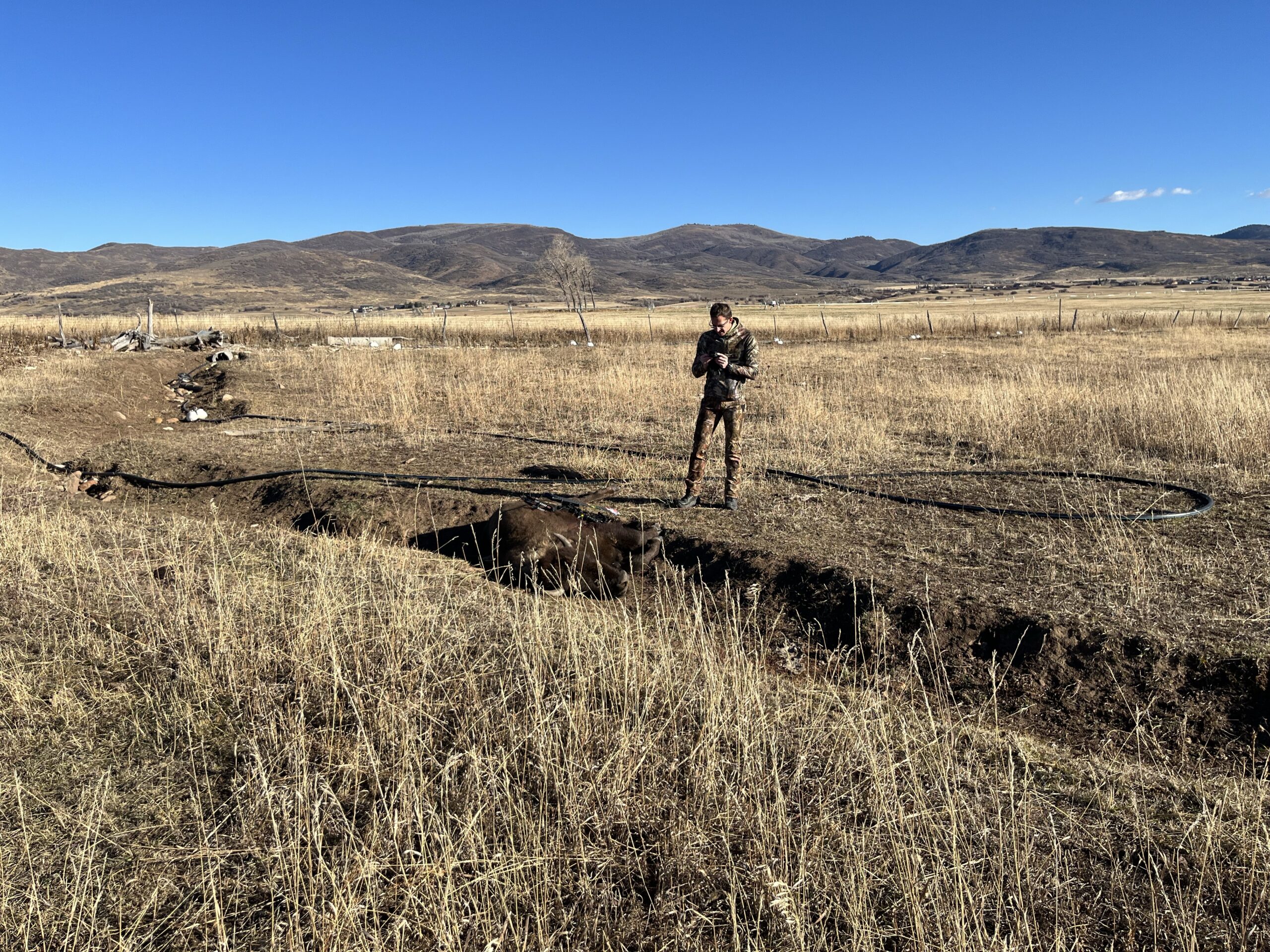
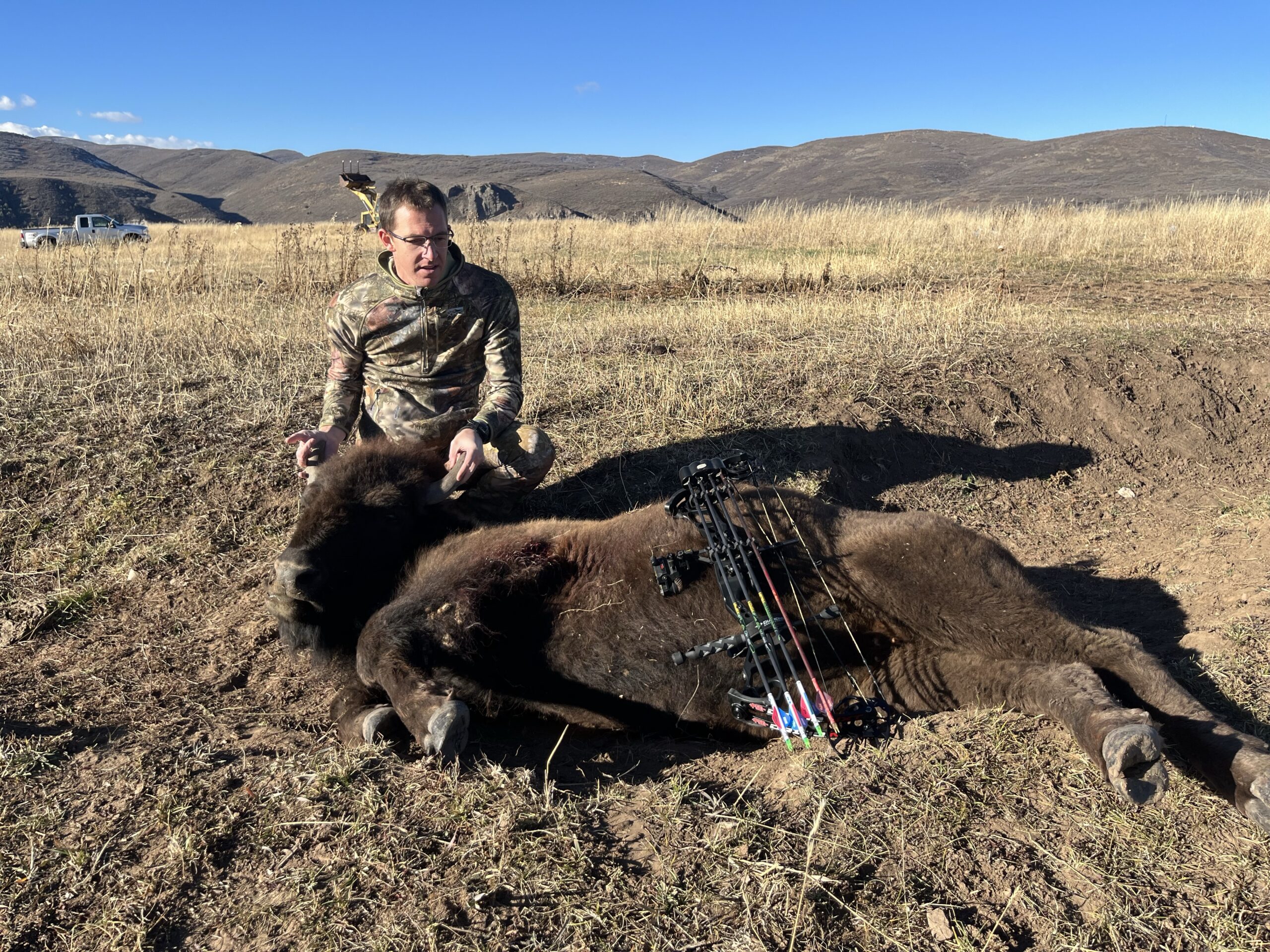
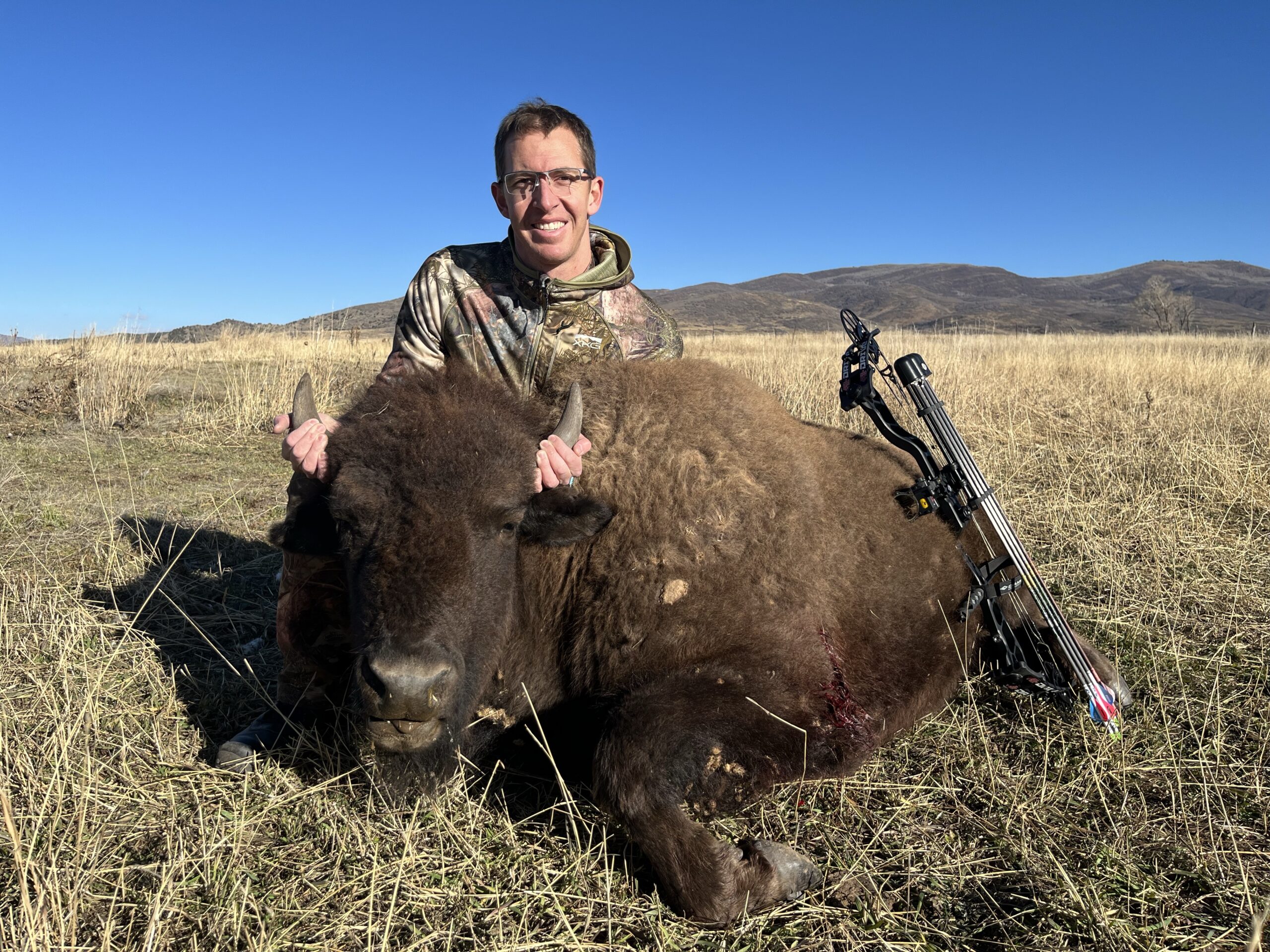
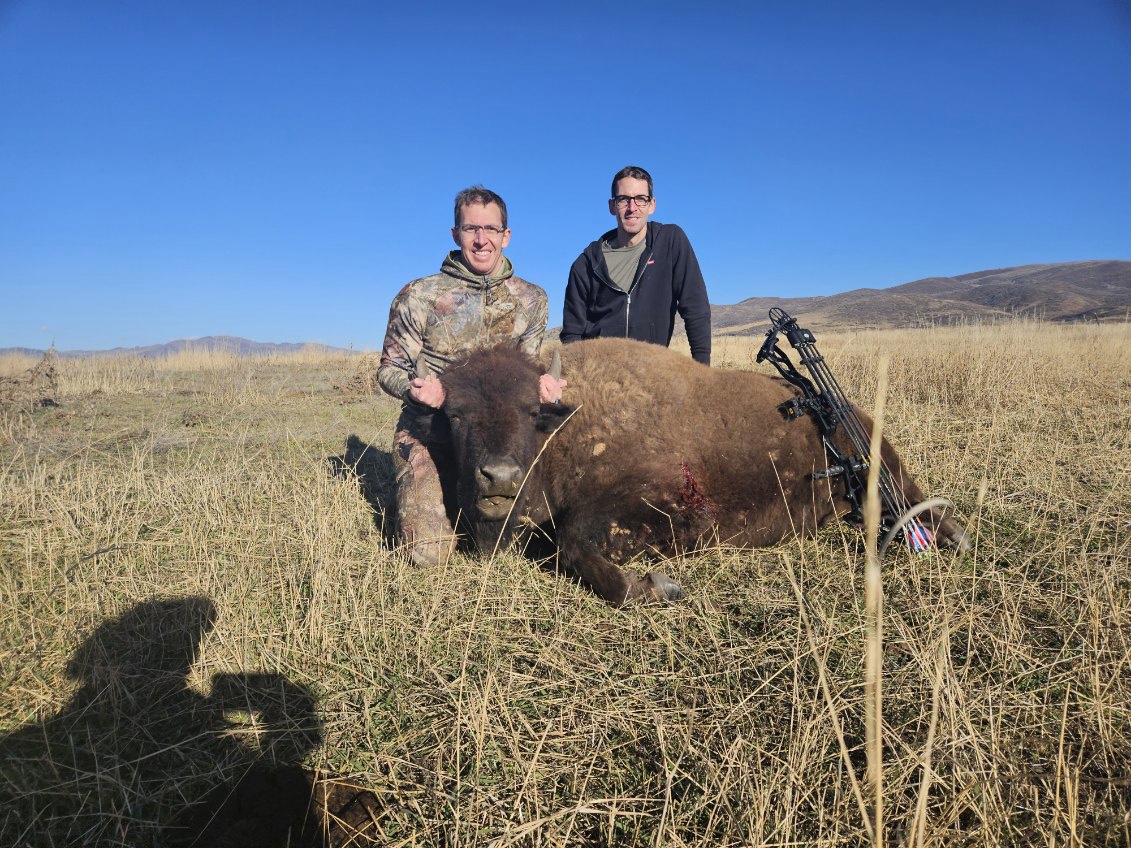
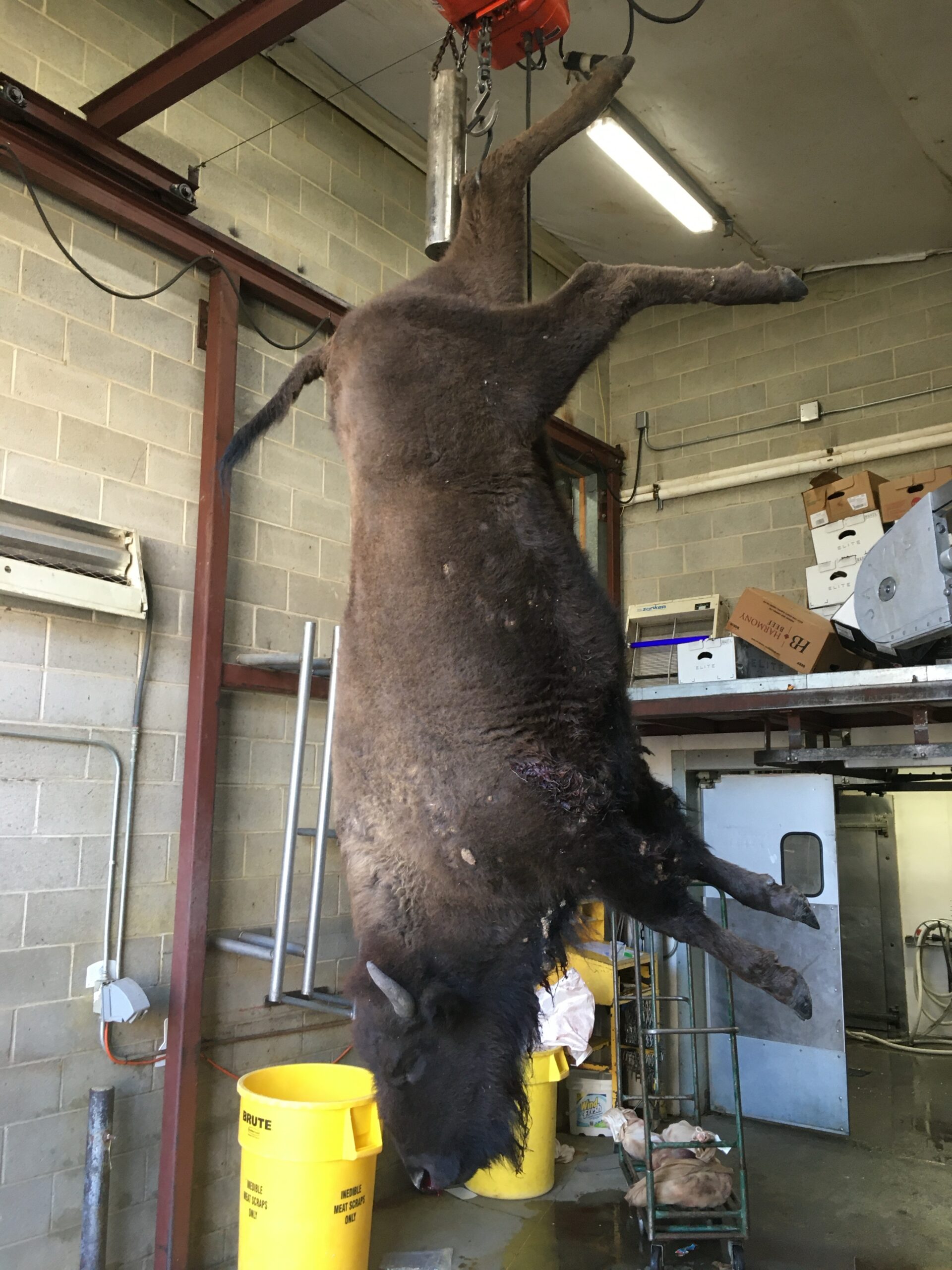
Lessons learned
- Hunting with family is the way to do it. If you can make an experience of it and make good memories, it’s very worthwhile.
- Bison are like cattle. They don’t really react like wild animals. (I mean, maybe wild bison would, but I kinda doubt it. They’re just so big and they know it.) The herd moved slowly away as we approached them, but we also came up pretty suddenly and not sneakily at all.
- Hunting wild bison might be fun one day, but chances are I’ll never be lucky enough to draw that tag. So I might have to find ranches that have slightly more adventurous “hunts” than our “let’s go up to the pasture” experience this time.
- A bison fits in my truck bed. Huh.
